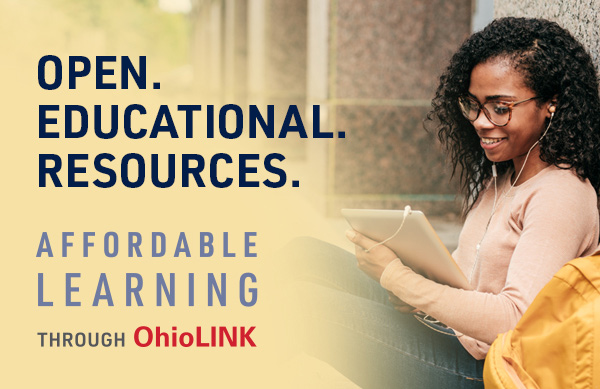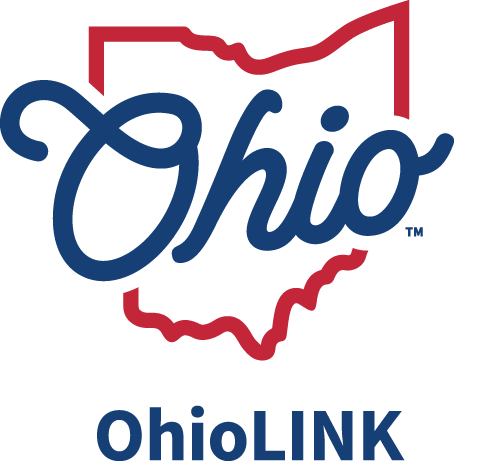The business of higher education is dramatically changing, and the software systems that support one of its most valuable campus resources—the library—have not kept pace. Campus Libraries are doing much more than managing collections of materials to support teaching, learning, and innovative research; they are also managing expanded services and products—all while higher education is under tremendous pressure to address affordability and reduce barriers for people who want to learn, whether earning a certificate, a two- or four-year degree, or a PhD. Library organizations and responsibilities have evolved, yet the enterprise software that enables library operations, the Integrated Library System (ILS), still mainly focuses on the acquisition, management, and delivery of printed objects.
OhioLINK, Ohio’s academic library consortium, collaborated with Ithaka S+R to put the library and its users at the center of an “envisioning” process to explore what tech-enabled and integrated services might be relevant to academic libraries. The effort was driven by library deans' and directors' concerns that strategic directions and technologies available to libraries--both at the consortial level, and on their campuses--were too narrowly scoped to meet emerging needs in a higher education context. The resulting white paper, It’s Not What Libraries Hold; It’s Who Libraries Serve--Seeking a User-Centered Future for Academic Libraries, is intended to generate constructive discussion among libraries and providers and accelerate innovation.
“I’m privileged to lead such an extremely forward-thinking group who are very interested in moving beyond the traditional ILS,” said Gwen Evans, OhioLINK’s Executive Director. “Understanding our consortium’s and member libraries’ needs will help us all make strategic decisions about how we’ll invest our limited dollars in the decade ahead.”
Roger Schonfeld, industry expert and director of Ithaka S+R’s Libraries, Scholarly Communication, and Museums, led the analysis. “Reimagining the library systems landscape was a long-overdue exercise, and I’m excited to see how providers and entrepreneurs respond,” he said. “There’s an enormous change coming, and libraries need the right tools to remain at the heart of scholarly activities in higher education.”
Academic library users have complicated needs. They are typically part of a larger research, teaching, or learning workflow that no longer has the library—physical or virtual—as the starting point. In addition, academic users increasingly have overlapping institutional affiliations—not just national, but also global. And its important to acknowledge that user expectations are set by consumer technology experiences such as Amazon Prime, streaming media, Uber, real-time inventory systems such as those used by retail stores, and smartphone apps.
At the highest levels, library systems need to be integrated into its higher education ecosystem of teaching and research, and address collaborative/consortial relationships. While systems have improved in the transition to cloud-based, multi-tenant platforms, it is still challenging and sometimes impossible to bring library resources and expertise into course management, open- access content, new ways of managing facilitated collections, software and textbook assignment/provision systems, curriculum and accreditation assessments and dashboards, research workflows, and campus publishing programs.
In addition, systems should support integrated business intelligence and analytics so that libraries have real-time data to manage inventory, assess the curricular or research impact of resources, manage customer relationships, analyze contractual terms, and assess operations in a more business-oriented approach to meet campus needs.
“We appreciate the radical nature of what we are seeking, and we expect it will likely require the creation of an entirely new technical architecture for the next generation of library systems,” said Xuemao Wang, Past Chair of OhioLINK’s Library Advisory Council, and Dean and University Librarian at University of Cincinnati. “It is our belief that nothing less than this is needed to empower libraries to meet their expanded missions in a changing environment.”
“This framework of needs in the white paper can be used as a rubric to evaluate future investment on library platforms and services--both at the consortial and individual library levels,” Evans says. “It’s important that everyone understands, this is not an indictment. It’s an invitation to collaborate.”
OhioLINK and its members are looking for a new kind of library system and are seeking equally innovative partners.
Links:
About OhioLINK: Established in 1992, the Ohio Library and Information Network (OhioLINK) is Ohio’s statewide academic library consortium serving117 libraries, 88 institutions of higher education, the State Library of Ohio and more than 800,000 end users. Delivering both IT infrastructure and content negotiation, OhioLINK provides students, researchers, faculty and staff with access to digital research collections rivaling top university libraries in the United States and internationally—at a fraction of the cost. OhioLINK also connects library services, print and digital collections among its member institutions and manages collaborative services, including eTutoring, statewide Affordable Learning textbook initiatives, and Open Educational Resources. A member of the Ohio Technology Consortium of the Ohio Department of Higher Education, OhioLINK creates a competitive advantage for its members and supports student and researcher success in the state of Ohio. Learn more at ohiolink.edu.
About Ithaka S+R: Ithaka S+R helps academic and cultural communities serve the public good and navigate economic, technological, and demographic change. Our strategic advice and services generate action-oriented research for institutional decision-making and act as a hub to promote and guide collaboration across the communities we serve. With our partners, we design and evaluate projects that make higher education, scholarly communication, and cultural collections more accessible to diverse populations.
Contact: Holly Davis, 614.266.5857 (hdavis@ohiolink.edu)

